The Pyramid Of The Magician: The Legend Of The Dwarf Magician Who Built Uxmal’s Enigmatic Pyramid
The Pyramid of the Magician, or Pirámide del Adivino in Spanish, is located in Mexico’s Yucatán Peninsula.
It is the tallest and most iconic structure in the ancient Maya city of Uxmal
This remarkable step pyramid stands as a testament to the architectural and cultural achievements of the Maya civilization.
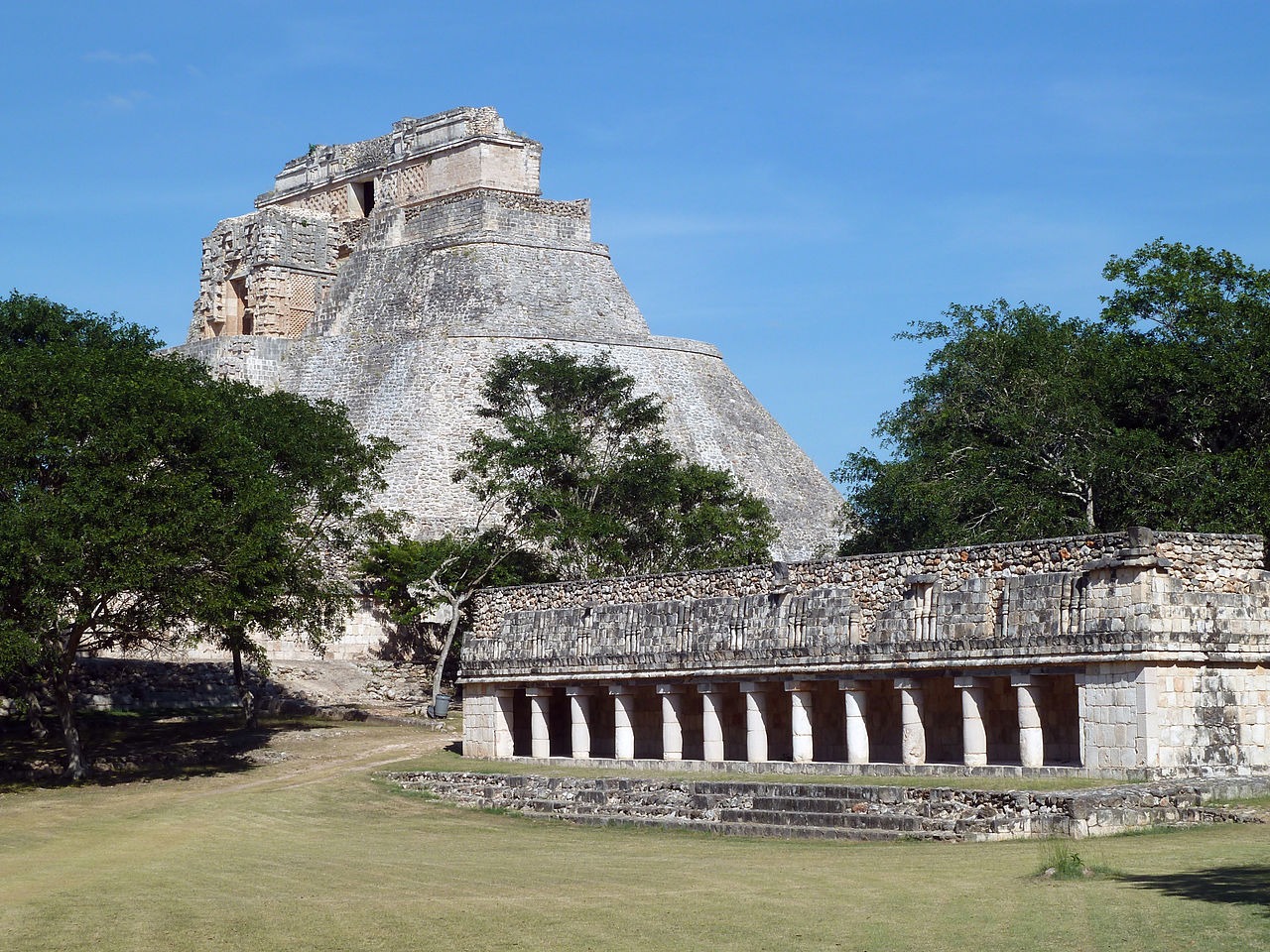
Uxmal, One Of The Major Cities Of The Maya Civilization
Uxmal was a city that flourished between 600 and 1000 AD in the Puuc region of Mexico.
It was a hub of activity in the Puuc region, which is known for its unique architectural style.
At its peak, Uxmal was home to around 25,000 inhabitants.
The name “Uxmal” translates to “thrice-built,” reflecting the multiple phases of construction that characterize the city’s most impressive structures, including the Pyramid of the Magician.
In 1996, Uxmal was designated a UNESCO World Heritage Site.
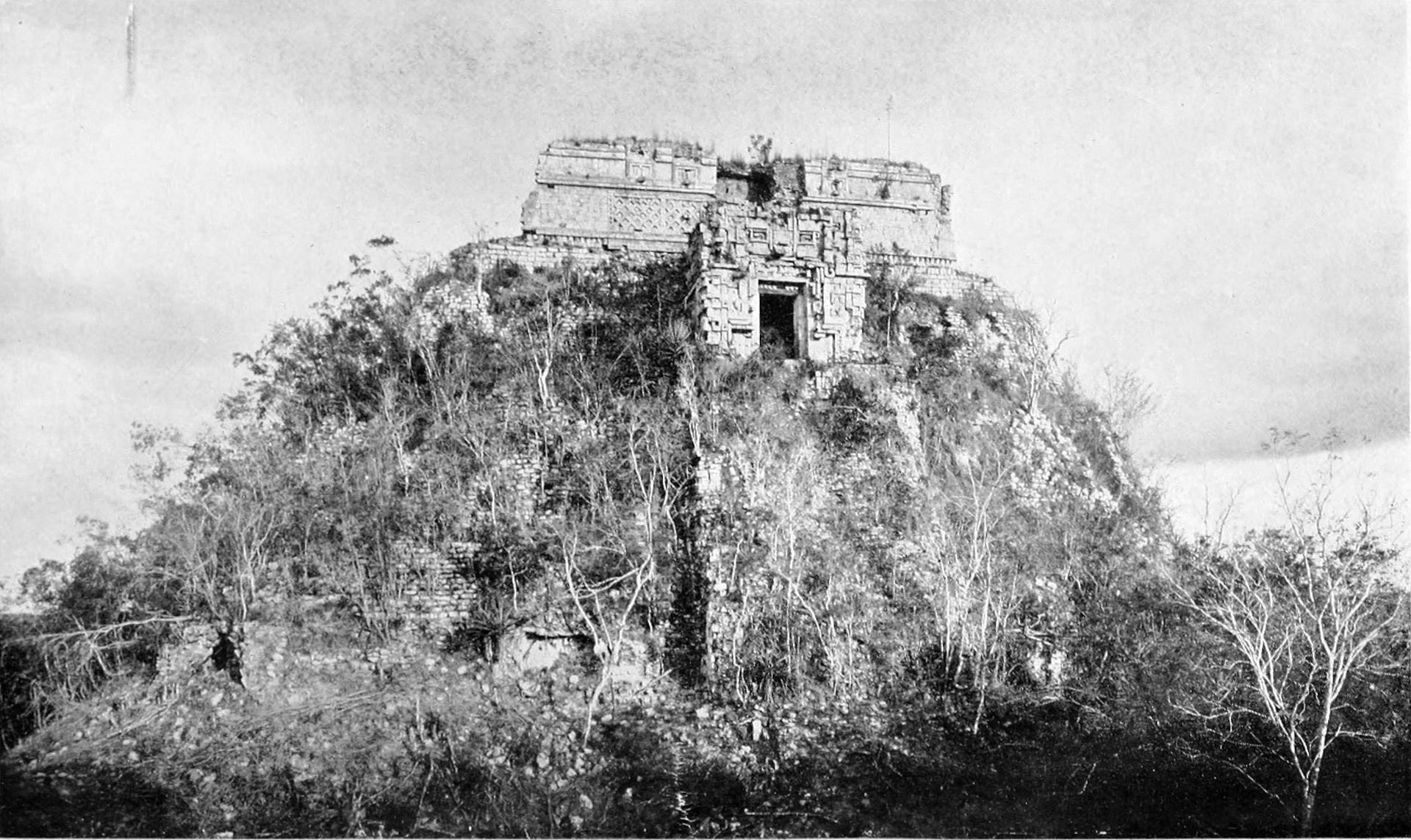
Pyramid of the Magician: A Pinnacle of Maya Architecture
The Pyramid of the Magician dominates the Uxmal complex, strategically positioned to oversee the ceremonial center of the city.
With its elliptical base and unique rounded sides, the pyramid stands out as an architectural marvel of the Maya civilization.
Although its exact height is debated, it is generally accepted to be around 35 meters (115 feet) tall, with a base measuring approximately 69 by 49 meters (227 by 162 feet).
This makes it the tallest structure at Uxmal, towering over its surroundings with both height and grandeur.
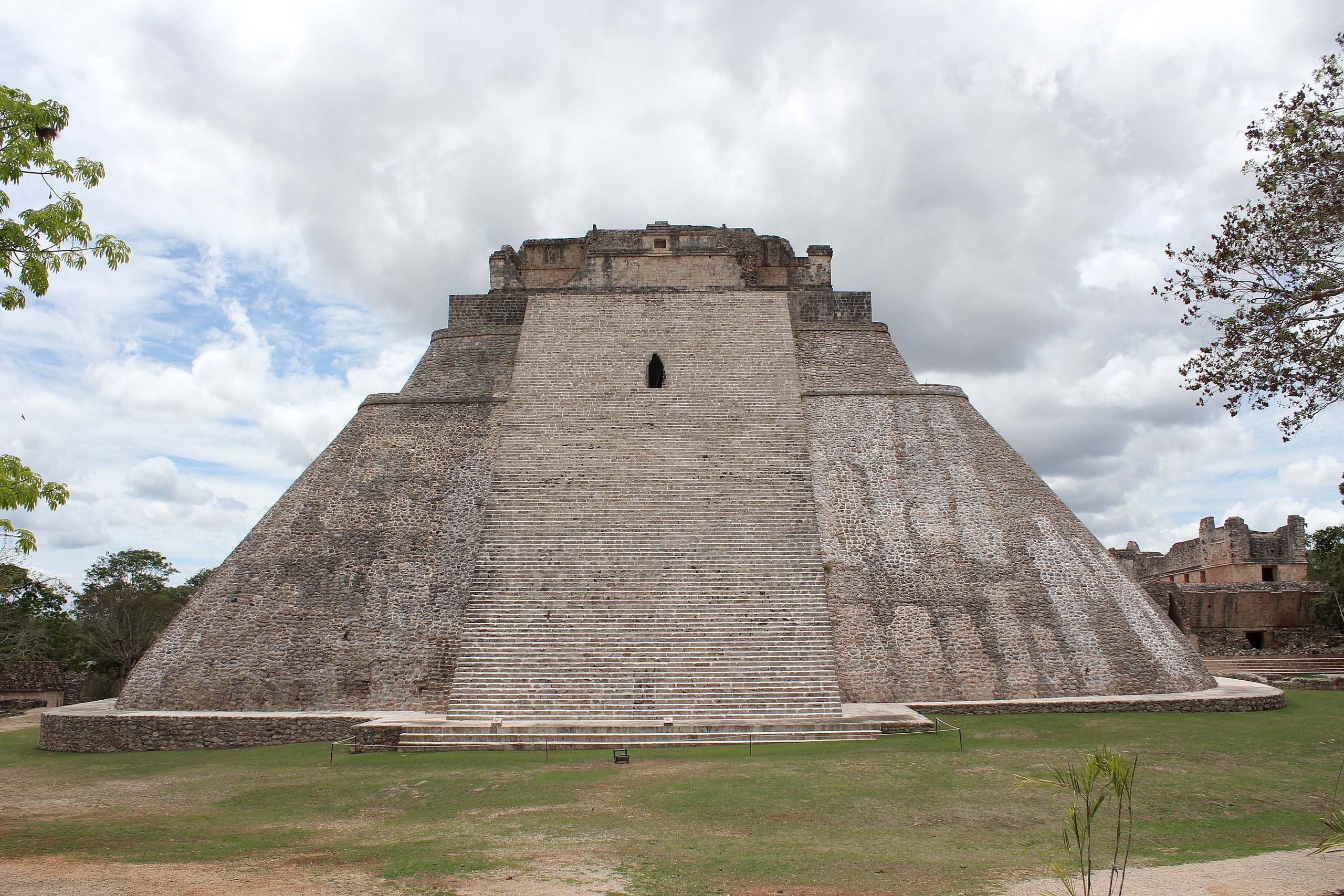
Construction and Design
The pyramid’s construction spanned roughly three centuries, from the 6th to the 10th century AD.
The pyramid was built in multiple phases, resulting in five distinct temples layered upon one another.
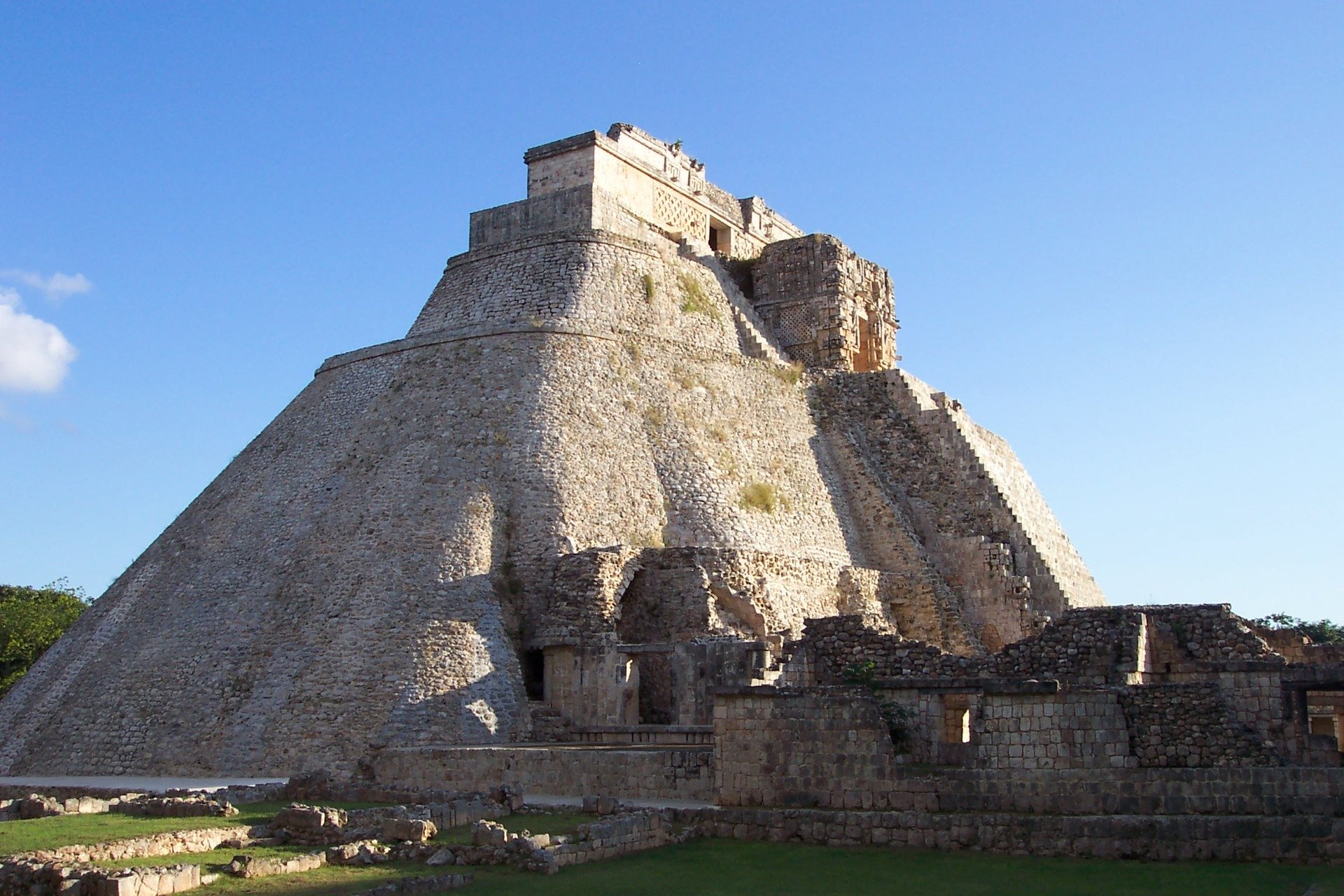
Temple 1
The oldest part of the pyramid was built around 570 AD.
This temple is located at the base of the pyramid and features heavily decorated façades with masks of Chaac, the Maya rain god.
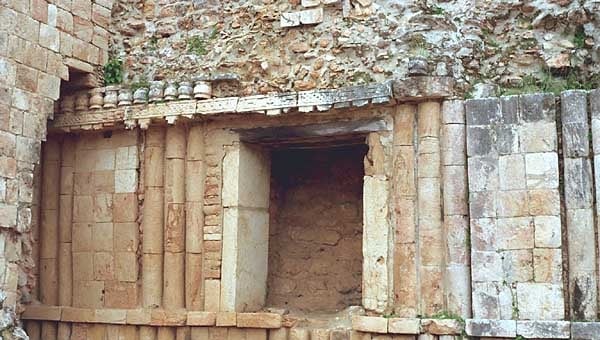
These decorations belong to the Chenes style, known for its elaborate masks and symbolic elements.
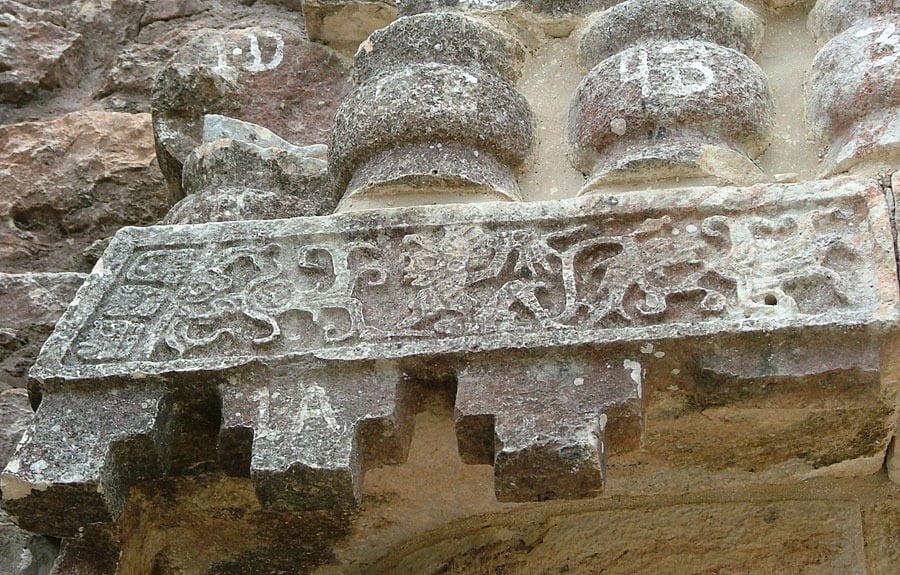
Over time, additional temples were constructed on top, each phase adding to the structure’s complexity and size.
Temple II and III
Temples II and III were added in subsequent phases.
They are accessed via the eastern staircase.
Temple II is only partially excavated and has a central chamber supported by columns, visible through an opening in the stairway.
Temple III, built onto the rear of Temple II, contains a small shrine and an antechamber, although it is not visible from the outside.
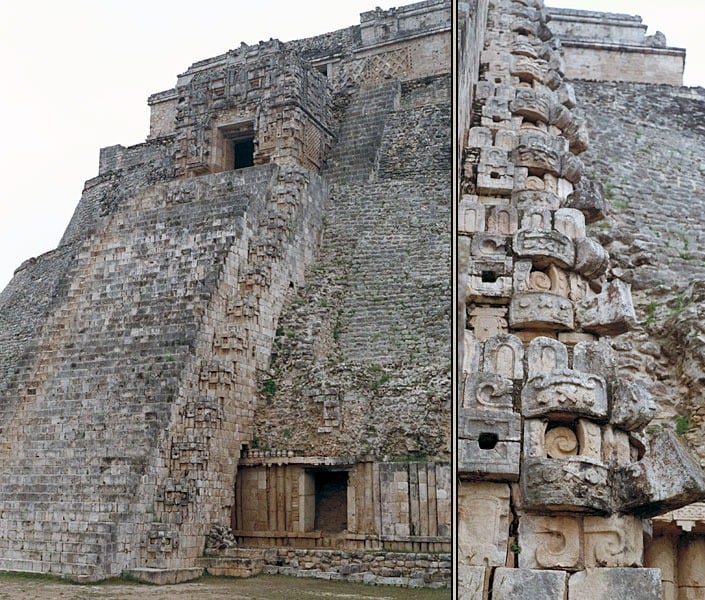
The Pyramid of the Magician features two main staircases leading to the top: the eastern staircase, which is broader, and the western staircase, which is more ornate and steeply inclined.
The western staircase is particularly striking, flanked by masks of Chaac, the rain god, creating a dramatic ascent to the temple.
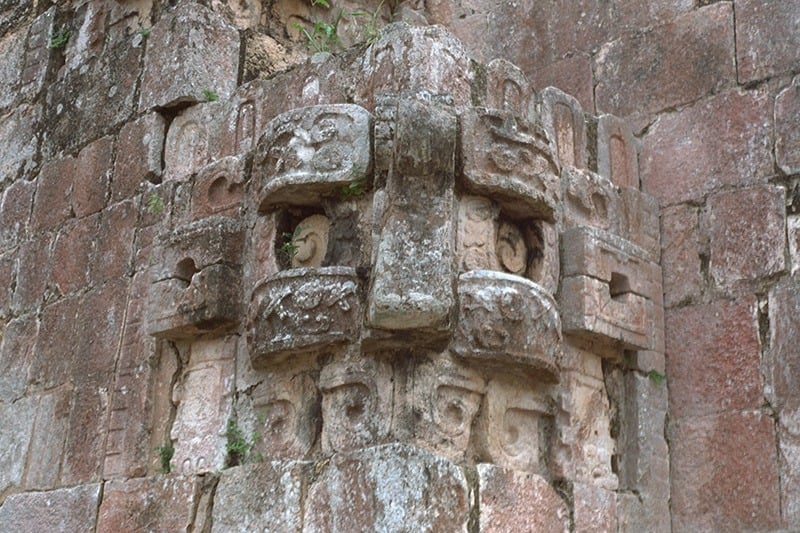
Temple IV
This temple is located above Temples II and III.
It is richly adorned and represents the Chenes architectural style.
It features the “Monster Mouth” façade, a hallmark of Chenes design, with Chaac masks forming the doorways.

Temple V
The final construction phase, completed around the 9th century AD, crowns the pyramid.
This temple, also known as “The House of the Magician,” consists of three rooms and exhibits lattice ornamentation.

Restoration and Preservation
The Pyramid of the Magician has undergone several restoration efforts to preserve its integrity.
After falling into disrepair following the Spanish Conquest of Yucatán, the pyramid was rediscovered in the early 19th century by Jean-Frederic Waldeck.
Subsequent restoration began in the mid-19th century, with significant conservation projects undertaken by the National Institute of Anthropology and History (INAH) in the 1970s.
Despite these efforts, Hurricane Gilbert in 1988 caused substantial damage, including cracks in the walls and the base.
INAH consolidated the pyramid’s structure, repaired the damage, and implemented monitoring systems to ensure stability.
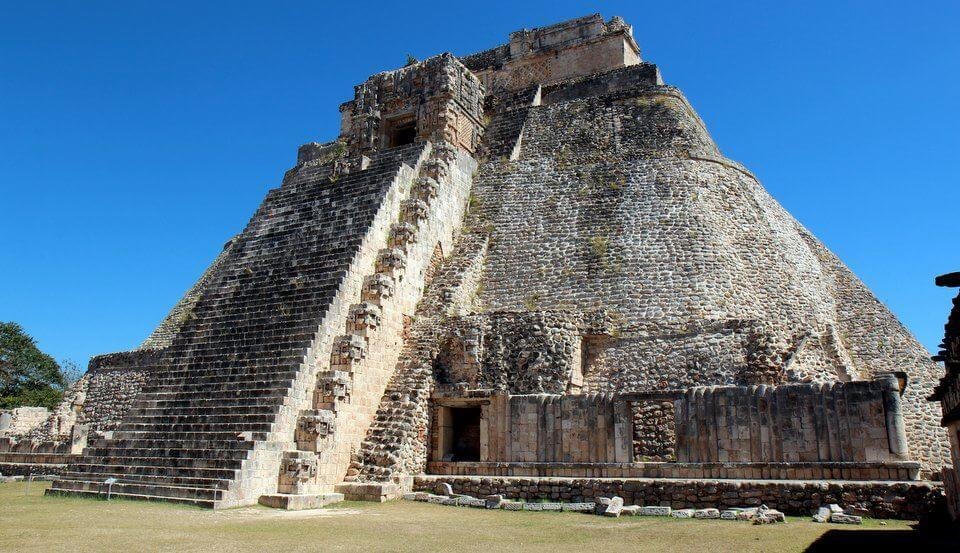
Legends and Folklore
The name “Pyramid of the Magician” is derived from local legends.
One popular tale involves the Maya god Itzamna, who is said to have built the pyramid in a single night using his magical powers.
Another well-known legend tells the tale of a dwarf, born from a magical egg, who was raised by an old woman.
Despite his small size, the dwarf possessed incredible intelligence and magical abilities.
A prophecy foretold that he would become the ruler of Uxmal, which worried the king.
The king tried to prevent this by giving the dwarf impossible tasks, like building a stone road and constructing a pyramid in one night.
The dwarf accomplished all these tasks with ease, even defeating the king in a final test of strength.
After the king’s death, the dwarf became the ruler of Uxmal, and the Pyramid of the Magician stands as a symbol of his power and magic.

